Neural Stem Cells (Nscs)
Neural stem cells (NSCs) are specialized stem cells that have the potential to differentiate into neurons, astrocytes, and oligodendrocytes, the most important types of cells in the nervous system. They are generally found in the subventricular zone (SVZ) and subgranular zone (SGZ) of the hippocampus. These stem cells can self-renew in culture, and when transplanted into the nervous system, they can differentiate into all major cell types of the central nervous system. In recent years, NSCs have become an area of intense interest for medical research, due to their potential to be used in various treatments for diseases of the nervous system, such as spinal cord injury, Huntington’s disease, and stroke. One of the main advantages of using NSCs for therapeutic applications is their ability to respond to environmental cues and differentiate into the appropriate cell types. For example, when transplanted into the brain, NSCs can respond to local cues and differentiate into neurons, which can restore lost function. Other potential applications for NSCs include the production of structures such as blood vessels, which can be used to deliver drugs or oxygen and nutrients to regions of the brain, and the creation of neural networks to explore complex processes. In addition, scientists have begun to explore the potential of using NSCs to treat neurodegenerative diseases, such as Alzheimer’s and Parkinson’s. By identifying, cultivating and transplanting NSCs into areas of the brain affected by these diseases, researchers hope to slow or even reverse the progress of these diseases. Despite the promise of NSCs, there are still many questions to be answered. Research into the mechanisms that regulate NSC development, implantation, and functionality is ongoing, and new techniques are constantly being developed. These studies will help ensure that NSCs are safe and effective for use in clinical settings, and may eventually lead to treatments for a variety of neurological disorders.
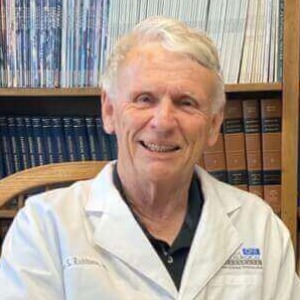
Joe Sam Robinson
Mercer University, United States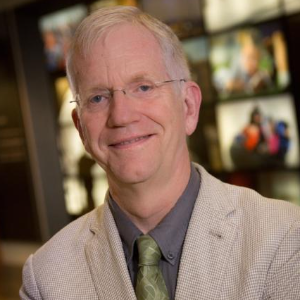
Robert B Slocum
University of Kentucky HealthCare, United States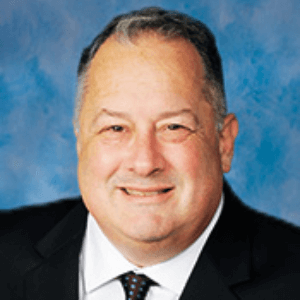
George Diaz
Memorial Healthcare Systems, United States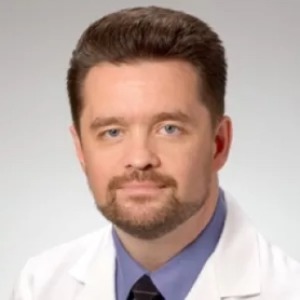
Daniel Curry
Texas Children’s Hospital, United States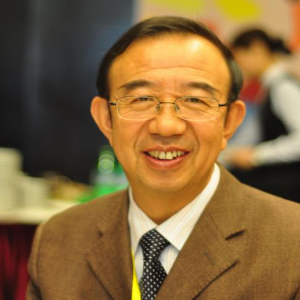
Zhenhuan Liu
Guangzhou University Chinese Medicine, China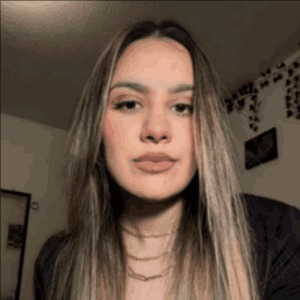
Kiran Ghotra
Lake Erie College of Osteopathic Medicine, United States




Title : Atypical presentation of Juvenile myoclonic epilepsy in a 16-year-old female: A Case Report
George Diaz, Memorial Healthcare Systems, United States
Title : Narrative medicine: A communication therapy for the communication disorder of Functional Seizures (FS) [also known as Psychogenic Non-Epileptic Seizures (PNES)]
Robert B Slocum, University of Kentucky HealthCare, United States
Title : Nanoparticles passing the blood brain barrier to treat cancer, infection, and more
Thomas J Webster, Brown University, United States
Title : Managing healthcare transformation towards personalized, preventive, predictive, participative precision medicine ecosystems
Bernd Blobel, University of Regensburg, Germany
Title : Transcranial painless neurorehabilitation scalp acupuncture electrical stimulation for neuroregulation of autism spectrum disorder
Zhenhuan Liu, Guangzhou University Chinese Medicine, China
Title : The million-dollar workup
Zoe Reinus, University of Connecticut, United States